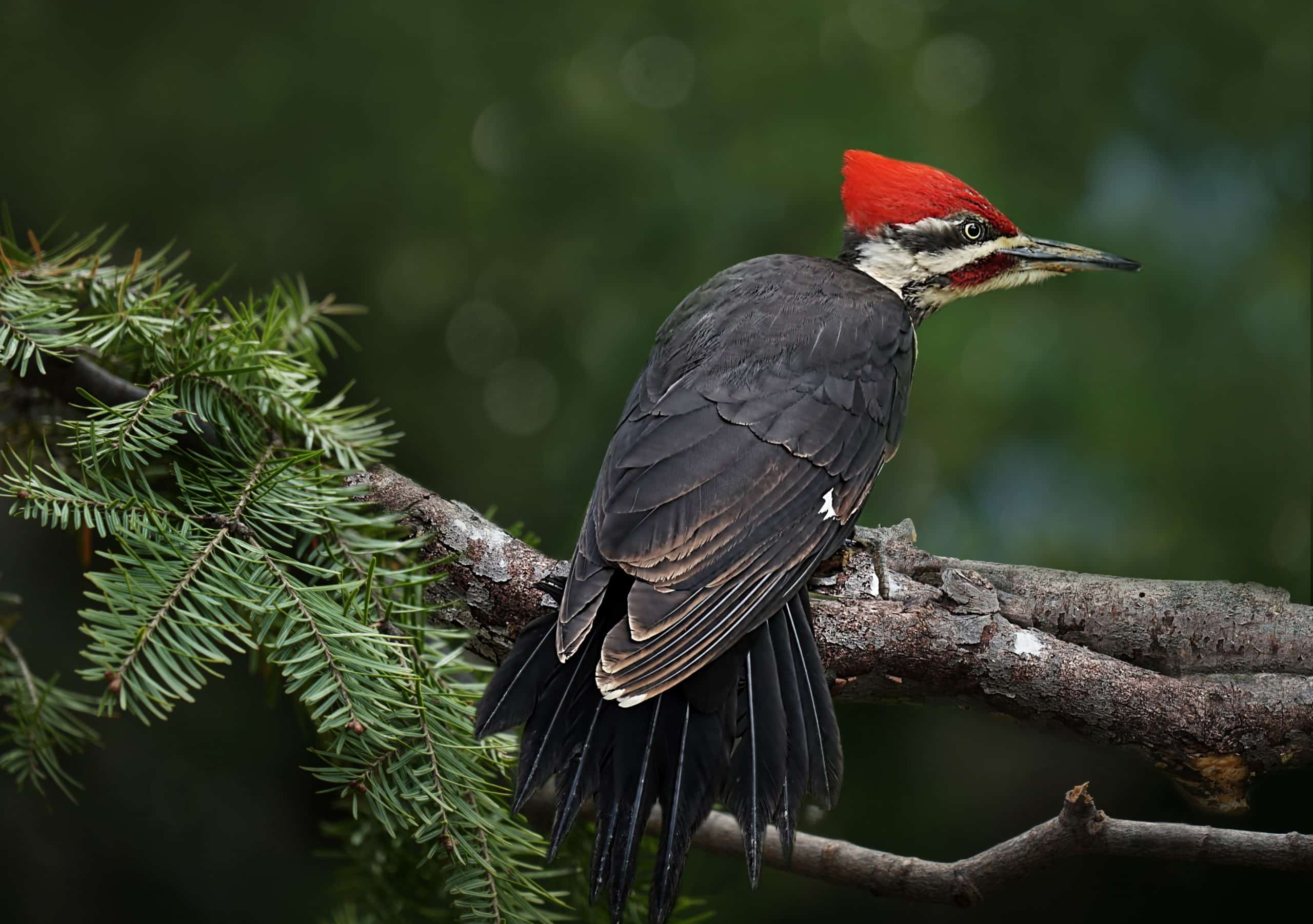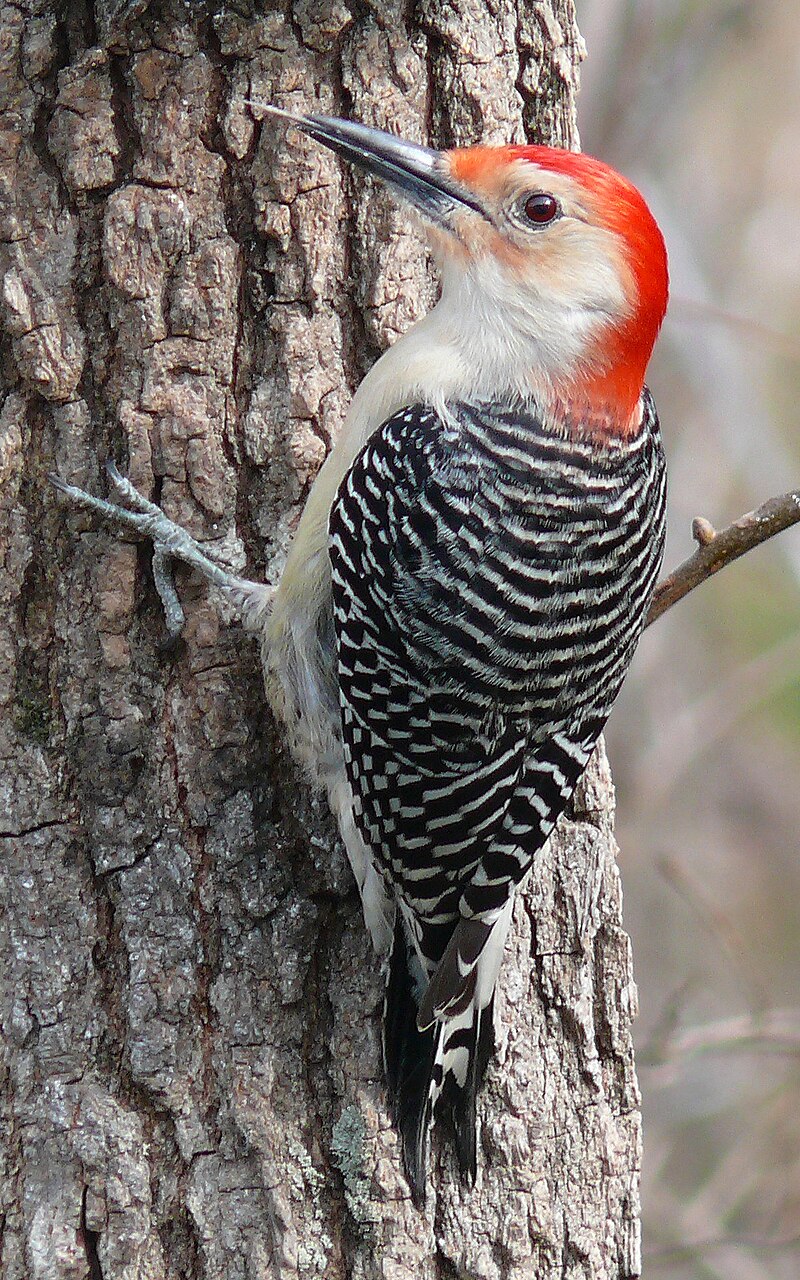Discover the Remarkable World of Woodpeckers: Everything You Need to Know
The world of woodpeckers is a realm filled up with one-of-a-kind habits, elaborate adaptations, and a diverse array of species. From their environments and circulation patterns to their feeding routines and specialized anatomical features, woodpeckers have long captivated the passion of ornithologists and nature enthusiasts alike.
Woodpecker Habitats and Distribution
Woodpeckers populate a varied series of atmospheres worldwide, showcasing adaptability in their distribution patterns. These resilient birds are discovered in forests, forests, savannas, and deserts throughout various continents, demonstrating their capacity to flourish in different weather conditions. In North America, for instance, woodpeckers can be spotted in both coniferous and deciduous woodlands, utilizing their strong beaks to forage for insects and create nesting tooth cavities in trees. In Africa, certain woodpecker species have adjusted to arid atmospheres, such as the acacia forests, where they play an important function in regulating insect populaces.

Feeding Behaviors and Diet Regimen
Woodpeckers use their strong beaks to pierce into the bark of trees, penetrating for bugs and larvae hidden beneath the surface area. In addition to pests, woodpeckers additionally consume nuts, seeds, fruits, and sap.
Woodpeckers are known for their drumming actions, which serves not just to communicate with various other woodpeckers yet also to find food. The rapid drumming noise is produced by the bird pecking on powerful surfaces like dead trees or metal poles. This actions can attract insects concealed in the wood, enabling the woodpecker to spot their existence and prey on them.
Unique Adaptations for Tree Climbing
In their proficient quest of bugs concealed within tree bark, woodpeckers have evolved remarkable anatomical functions that furnish them with special adaptations for efficient tree climbing. Among the crucial adjustments is their zygodactyl feet, with 2 toes pointing ahead and two directing backward, offering a solid grip on tree trunks. This customized foot setup enables woodpeckers to cling to upright surface areas effortlessly, enabling them to relocate up and down trees with agility. Additionally, woodpeckers have rigid tail feathers that act as an encouraging prop while they climb up, aiding in equilibrium and stability. Their solid, chisel-like beaks are not just made use of for drilling right into wood but likewise for grasping onto bark as they ascend tree trunks. Woodpeckers have strong neck muscular tissues and a special skull structure that soak up the effect of continuous pecking, permitting them pop over to this web-site to climb up and down without triggering harm to their brains. These adaptations display the unbelievable transformative design that makes it possible for woodpeckers to browse trees with precision and efficiency.
Diverse Woodpecker Types Worldwide
With over 200 various species spread across various habitats worldwide, the family of Picidae incorporates an exceptional variety of woodpeckers. These birds can be found in forests, woodlands, savannas, and even urban areas, showcasing their adaptability to different environments. From the renowned Northern Flicker in The United States And copyright to the vibrant and elusive Crimson-backed Flameback in Asia, each woodpecker varieties displays one-of-a-kind features in terms of tuft, habits, and environment choice.
Woodpeckers advice differ substantially in size, with the small Downy Woodpecker determining around 6-7 inches in size, while the effective Lineated Woodpecker can reach up to 17 inches - Woodpeckers in Florida. Their beaks likewise can be found in various shapes and sizes, showing their feeding habits. Some types focus on drawing out insects from tree bark, like the Acorn Woodpecker, while others, such as the Black-cheeked Woodpecker, feed upon fruits and seeds

Preservation Initiatives and Obstacles
Preservation initiatives for woodpecker populations are critical in official statement alleviating the impact of environment loss and other hazards dealing with these varied avian species. Woodpeckers deal with various obstacles to their survival, primarily because of deforestation, urbanization, climate modification, and intrusive varieties. To resolve these issues, conservation initiatives concentrate on shielding and recovering woodpecker environments, applying lasting forestry techniques, and elevating recognition concerning the relevance of these birds in ecological communities.
One substantial difficulty in woodpecker preservation is the fragmentation of their habitats, resulting in isolated populaces that are more at risk to termination - Woodpeckers in Florida. Preservationists function to produce wildlife hallways and shielded locations that link these fragmented habitats, permitting woodpeckers to relocate between different locations for feeding, reproducing, and shelter

Final Thought
In verdict, woodpeckers are fascinating birds with special adjustments for tree climbing and feeding habits. Additional research study and preservation activities are needed to make sure the survival of woodpeckers in the wild.
Comments on “Uncovering Woodpeckers in Florida: Types Variety and Nature”